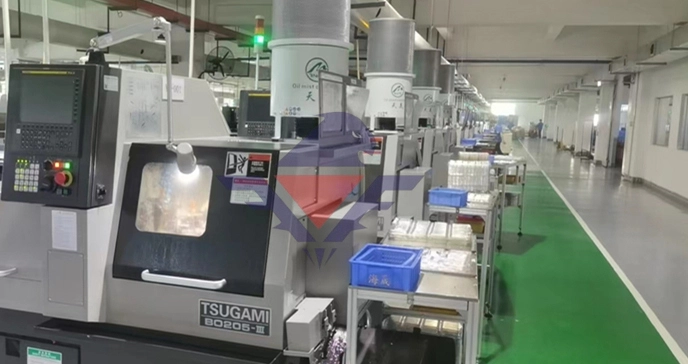
# Endotoxin Detection Kits for Accurate Bacterial Toxin Measurement
## Understanding Endotoxins and Their Impact
Endotoxins are lipopolysaccharides (LPS) found in the outer membrane of Gram-negative bacteria. These toxic substances can cause severe inflammatory responses when introduced into the bloodstream or tissues, potentially leading to fever, septic shock, or even death in extreme cases. The accurate detection and measurement of endotoxins are crucial in pharmaceutical manufacturing, medical device production, and various research applications.
## The Importance of Reliable Endotoxin Testing
Pharmaceutical companies and healthcare facilities must ensure their products are free from harmful levels of endotoxins. Endotoxin assay kits provide a standardized method for detecting these bacterial toxins with high sensitivity and specificity. These kits are particularly valuable for:
– Quality control in drug manufacturing
– Sterility testing of medical devices
– Environmental monitoring in cleanrooms
– Research applications in immunology and microbiology
## Types of Endotoxin Assay Kits Available
Modern endotoxin detection kits utilize different methodologies to measure bacterial toxins:
### 1. Limulus Amebocyte Lysate (LAL) Based Kits
The most widely used endotoxin detection method employs LAL, derived from horseshoe crab blood. These kits come in several formats:
– Gel-clot assay: Provides qualitative or semi-quantitative results
– Chromogenic assay: Measures color change for quantitative analysis
– Turbidimetric assay: Detects turbidity changes in the sample
### 2. Recombinant Factor C (rFC) Based Kits
As an alternative to LAL, these kits use recombinant technology to detect endotoxins without relying on horseshoe crab blood. They offer:
– Animal-free testing solution
– Comparable sensitivity to traditional LAL methods
– Reduced batch-to-batch variability
## Choosing the Right Endotoxin Detection Kit
When selecting an endotoxin assay kit, consider these factors:
– Sensitivity requirements (typically 0.005-0.5 EU/mL)
– Sample matrix compatibility
– Regulatory compliance (USP, EP, JP)
– Throughput needs
– Cost-effectiveness
## Best Practices for Endotoxin Testing
To ensure accurate results when using endotoxin detection kits:
– Maintain proper aseptic techniques
– Validate all testing equipment and materials
– Include appropriate controls in each assay
– Follow manufacturer’s instructions precisely
– Document all procedures and results thoroughly
## The Future of Endotoxin Detection
Advancements in endotoxin assay technology continue to improve detection capabilities. Emerging trends include:
– Development of more sensitive and rapid tests
– Integration with automated systems
– Expansion of animal-free testing alternatives
Keyword: Endotoxin Assay Kits
– Improved standardization across testing platforms
By utilizing high-quality endotoxin detection kits and following proper testing protocols, researchers and quality control professionals can ensure the safety of pharmaceutical products and medical devices while advancing scientific understanding of bacterial toxins.